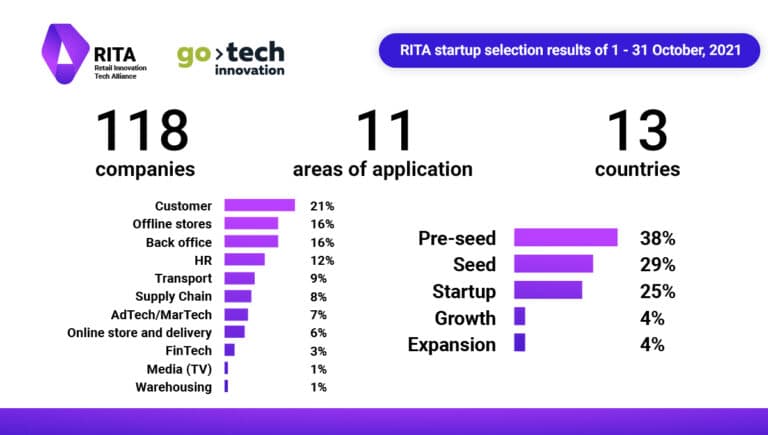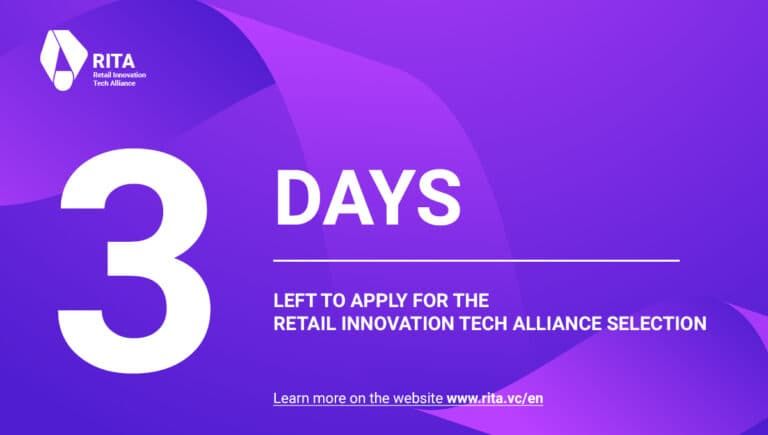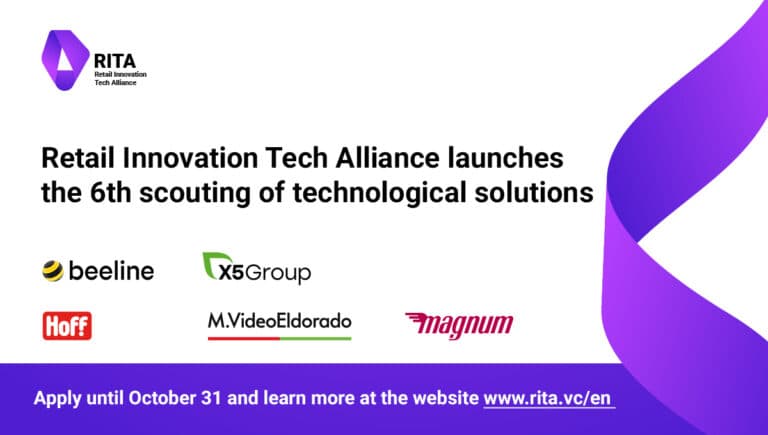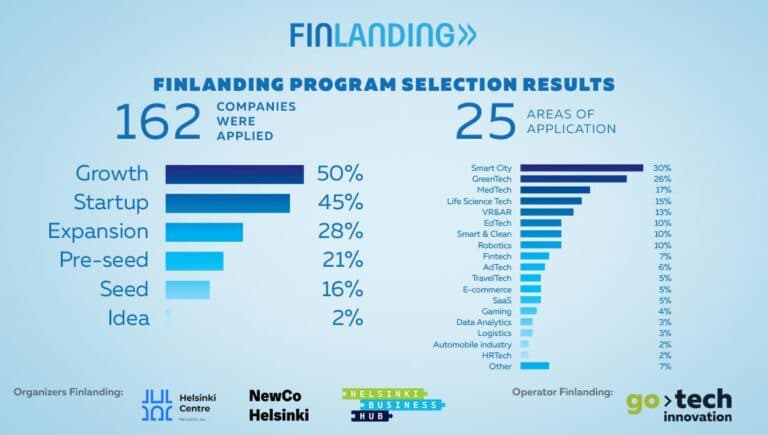The Coronavirus pandemic has affected many companies, in connection with which business processes started to change, new products have appeared on the market, and the demand for services that help to improve the lives of people and the functioning of companies in self-isolation has grown. The GoTech Innovation team did not stand aside, adapted to the new reality, and transferred joint events with clients online. In May and June, the company organized online demo days for the Retail Tech Innovation Alliance (RITA) and Kaspersky Lab following the results of the travel accelerator Kaspersky Exploring Russia. The first event took place via Zoom, the second – via Microsoft Teams. Irina Kalashnikova, co-founder and CEO of GoTech Innovation spoke about the features of both services.
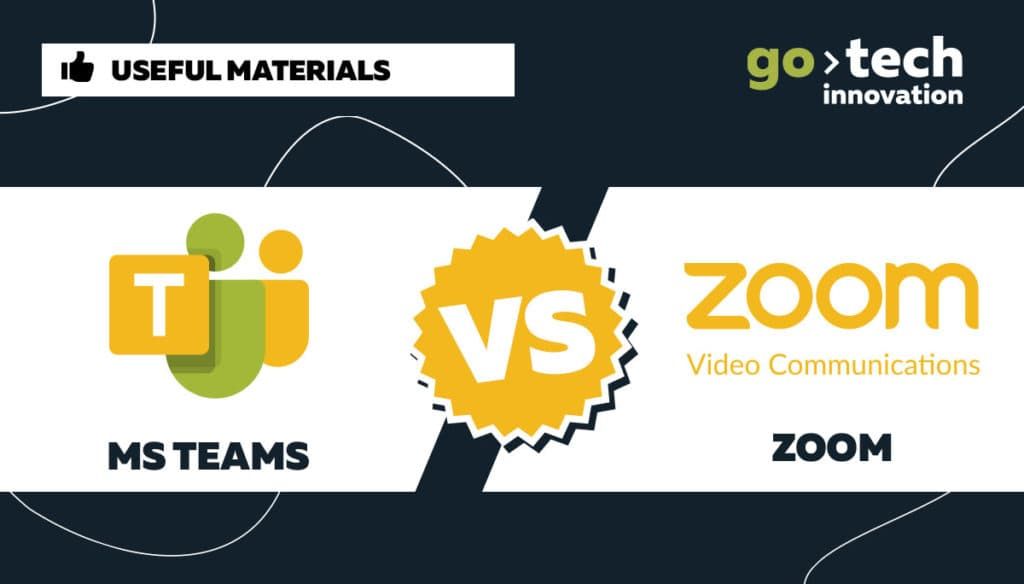
We were getting ready for online pitch sessions with the participation of startups and experts from our clients’ companies, although originally, we planned to organize these events in the usual form of live presentations in conference halls. Such events require that the host and organizers start with a welcome speech, then one by one startup founders give their presentations, and then experts from corporations ask questions. Thus, when planning online events, we understood that the following functionality would need to be tested in Zoom and MS Teams:
- assign speaker roles to certain participants, with the ability to broadcast their presentations;
- provide for the role of the event host;
- provide participants with the right to ask each other questions in both audio and video format;
- make sure that viewers who are not participating in the conference can watch the broadcast;
- have flexible opportunities for administering and moderating an online event;
- make a video recording of an online broadcast.
In the process, we noted some of the advantages and disadvantages of the MS Teams and Zoom platforms.
Advantages of the Zoom platform:
- Allows you to conduct audio and video calls with an unlimited number of participants, for events it is possible to organize a webinar where speakers can turn on the microphone and camera to take part in the discussion, and participants with viewer access can watch the broadcast, write questions to speakers in the general chat, participate in voting.
- To enter the online event, you just need to follow the short link. In this case, if the application is already installed on a PC or a mobile phone, the browser will offer to open it. If there is no application on the device yet, Zoom will offer to download and install the software (the process will take only a couple of minutes). To sign up, you will need to provide an email and a new password, which is necessary for many other services.
- Broadcast recording is saved on the cloud.
- Have a presenter role, with which you can share your screen with a presentation from any device.
- Opportunity to share sound from a device (PC or any gadget) with the microphone turned off (convenient during technical breaks, you can share a presentation with music or video).
Advantages of the MS Teams platform:
- Producer Producer decides what the viewers will see and at what moment (just like a TV broadcast director who switches between cameras, a producer in MS Teams switches participants, can separately display only the speaker’s video, show their screen, or perform both actions at once). For example, when demonstrating a presentation, producer can first make sure that the presenter has opened the desired presentation and expanded it to full screen, and only then launch the presentation in broadcast.
- Viewers watch the broadcast with a slight delay. For what? So that artificial intelligence has time to correct possible bugs in video and audio, synchronize them and broadcast in high-quality.
- The recording of the broadcast is turned on automatically and immediately becomes available via the link for all viewers. If a viewer connects in the middle of a broadcast, they have a choice to watch the broadcast from the beginning of the recording or live from the moment they had connected.
Disadvantages of the Zoom platform:
- Participants with the Presenter role can independently turn on their microphones and cameras. Of course, the webinar administrator can turn off the microphones and cameras of all attendees, but they can still turn them back on. It is necessary to additionally monitor this so that no extraneous sounds and unwanted videos from the participants’ cameras break into the broadcast.
- When turning on your screen sharing, the content immediately goes to the broadcast. If the presenter did not bother to open the presentation in advance and expand it to full screen, all viewers of the broadcast will see him digging around their desktop, as well as in which application he opens the presentation and other unnecessary details.
- Recording an online event must be started manually (the main issue here is to remember to do it on time). At the end of the event, the video is automatically converted, and depending on the duration of the conference/webinar, this can take quite a long time.
- Some of the conference/webinar settings cannot be changed after the event starts (for example, the ability to share video from a camera).
Disadvantages of the MS Teams platform:
- For most of the participating users, the service is new and complicated. We prepared detailed instructions and sent them out to the participants, but as expected, almost no one read it. As a result, many had connection problems, which had to be solved during the broadcast.
- With a presenter role, you can demonstrate your presentation only if you have entered the broadcast from a desktop application.
- All active participants of the broadcast (with the ability to speak/share the screen) must be authorized under the accounts of the company that organizes the broadcast. That is, each speaker, expert and any presenter from another organization needs to create a special account within your organization (and they must enter the broadcast under this account, even if they already had another account before).
- There is no way to share sound from a PC: if you turn on a video with sound or music, the audio will broadcast through your microphone, which, first, significantly reduces the quality of the broadcast sound, and, second, if you want to broadcast sound (for example, some melodies) during a technical pause, you must ensure that extraneous sounds do not get into the broadcast (clicking on the keyboard and telephone conversations during the break will have to be canceled).
Let’s summarize:
Organizing and conducting a pitch session in MS Teams required more effort and time from our team compared to a similar task in Zoom. In 2020, users are not used to reading manuals; they expect to follow the link and be able to figure it out on their own. This is exactly what happens in Zoom. However, the broadcast quality demonstrated by the MS Teams service turned out to be higher for several reasons:
- thanks to the skillful actions of the broadcast director the audience saw only what they were supposed to see, no one could break into the live broadcast without his knowledge;
- thanks to the built-in broadcast processing, the picture and the sound in the live broadcast were of high quality even in cases when some of the speakers’ Internet connection let them down.
Another definite advantage of MS Teams is that the full recording was available immediately after the end of the online event.
So, who is the winner in this fight? We have not come to a clear conclusion. Indeed, on the one hand, there is the familiar and almost native Zoom, which allows you to organize a webinar or conference and take part in them in just a few clicks. On the other hand, the ability to control broadcasting in MS Teams and an excellent final result bring this service forward, especially when it comes to large-scale, significant online events.
And, of course, do not forget that both services are now in the active development stage, new functions and improvements are being implemented faster than we have time to study them. We can only observe this constant race of services, monitor current changes, and choose the option most suitable for specific tasks.




